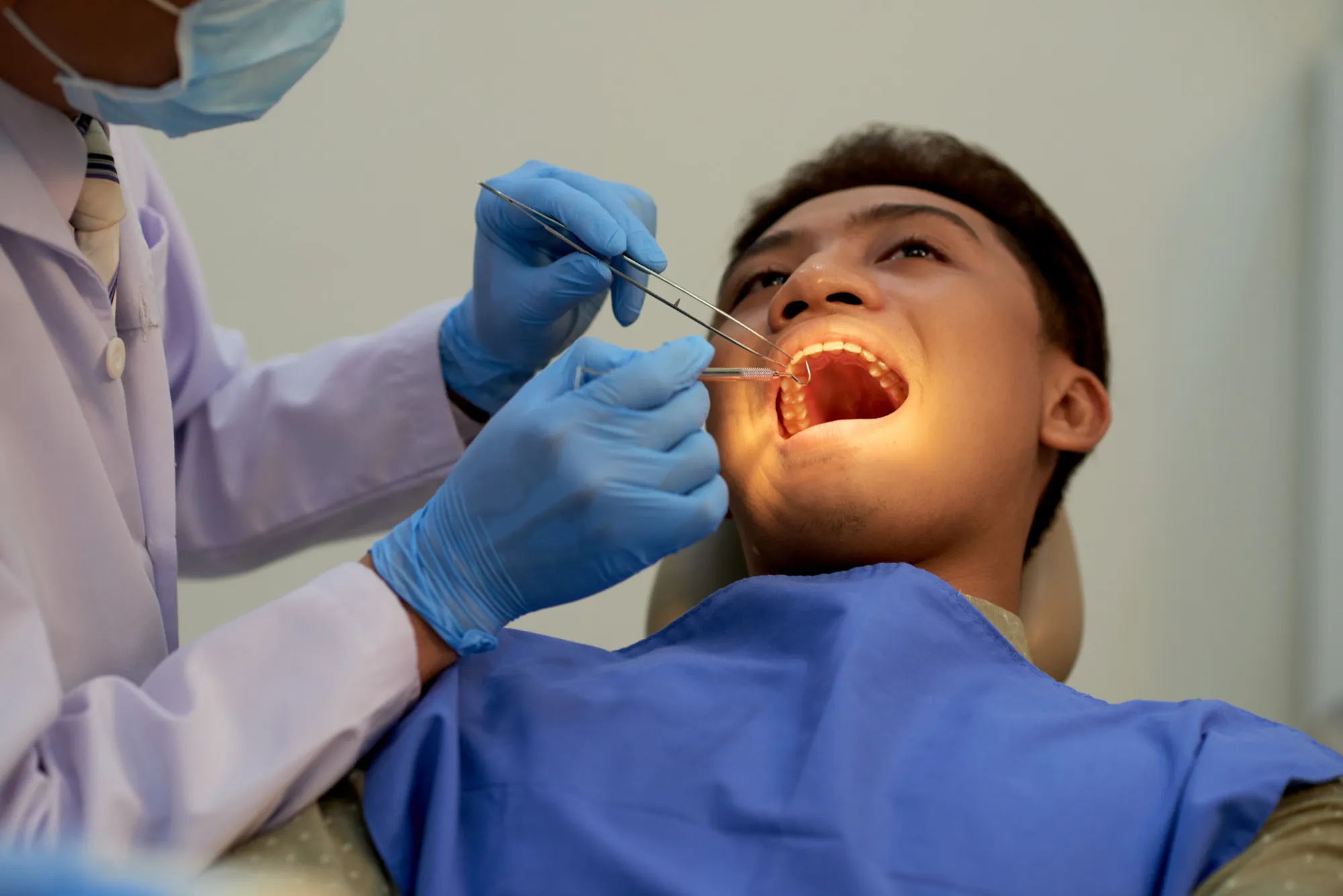Dental materials are constantly evolving to meet the needs of clinicians and patients, aiming for more durable, effective, and bioactive solutions. A new systematic review sheds light on the potential for modified glass ionomer cement (GIC) to enhance oral health. This review, published in the “Dental Materials Journal,” highlights the bioactivity and remineralization potential driven by the release of calcium and phosphate ions, earmarking a significant step forward in dental restorative materials.
DOI: 10.4012/dmj.2023-132
Abstract
With a comprehensive systematic review, Nozimjon Tuygunov and colleagues have sifted through the latest research to evaluate the efficacy of glass ionomer cement modified with calcium and phosphate. These modifications aim to increase the material’s ability to stimulate hydroxyapatite formation, enhance pH levels, and counteract cariogenic bacteria, all of which are critical factors in the remineralization process and the fight against dental caries. This article reviews the findings and implications of their ground-breaking research.
Main Article
Dental caries is a persistent and prevalent oral health issue, with material innovation at the forefront of combating this challenge. Glass ionomer cements (GICs) have long been recognized for their dental restoration qualities, providing strong adhesion to tooth structure and releasing fluoride ions. However, new research led by Nozimjon Tuygunov, alongside colleagues from the University of Malaya and the Tashkent Medical Academy, is pioneering advancements by integrating calcium and phosphate ions into GIC, expanding its bioactive and remineralization credentials. The systematic review published in the “Dental Materials Journal” details how these ion-infused GICs could revolutionize dental treatment protocols.
The Study
Following the PRISMA guidelines for systematic reviews, the team performed a thorough search across several influential databases – PubMed-MEDLINE, Scopus, and Web of Science – ensuring a rigorous assessment of the available literature. The study, registered within the PROSPERO database, ultimately identified five pertinent studies that satisfied the inclusion criteria. These studies were then meticulously screened using the RoBDEMAT tool, a specialized metric to evaluate the risk of bias in dematerialization and remineralization research.
The collective body of evidence underscores a compelling narrative: the release of calcium and phosphate ions from modified GICs significantly elevates their bioactivity profile and remineralization capacity. This substantiation is critical for patients, dental professionals, and healthcare systems alike, advocating for a new horizon in dental care materials that could markedly improve oral health outcomes and management strategies concerning dental caries.
Enhancing Bioactivity
Bioactivity, in the context of dental materials, is defined as the material’s ability to elicit a beneficial biological response in the surrounding tissue. With the modified GICs, this bioactivity pegs an uptick in hydroxyapatite formation – the principal component of tooth enamel and dentin. This prowess in hydroxyapatite formation implies that not only can the modified GICs help restore decayed areas, but they can also potentially revitalize and reinforce existing tooth structures.
The pH Factor
Tooth decay is a side effect of a continual tussle between demineralization – where harmful acids from bacteria corrode the tooth’s surface – and remineralization – the natural repair process. The research featured in the systematic review points to an increase in pH levels as a result of calcium and phosphate release. This pH elevation is conducive to remineralization and counteracts the acidic environments that foster bacterial growth.
Anti-Cariogenic Benefits
The bioactive nature of the modified GIC extends its protective mantle by hindering the growth of cariogenic bacteria. This bacteriostatic ability can play a significant role in preventing the occurrence of caries, providing both a restorative and preventive asset in the dental arsenal.
Looking Ahead
Despite these promising indicators, the authors of the systematic review stress that longitudinal studies are imperative. These would appraise the clinical efficacy and durability of the ion-modified GIC over extended periods and in various oral environments.
Real World Implications
Beyond the laboratory, these findings have the potential to influence the development of next-generation dental materials, shifting the focus towards bioactivity and patient-centric care. Dental practitioners, equipped with these advanced materials, stand to offer treatments that could herald a dual benefit – restoration and fortification against future decay.
Conclusion
Modified glass ionomer cement stands at the precipice of a new era in dental material science. The systematic review by Nozimjon Tuygunov and colleagues unravels the promise held by calcium and phosphate ion-infused GIC – a beacon of hope for more effective caries management and improved oral health outcomes.
References
1. Tuygunov, N. N., Khairunnisa, Z. Z., Yahya, N. A., Abdul Aziz, A. A., Zakaria, M. N., Israilova, N. A., & Cahyanto, A. (2024). Bioactivity and remineralization potential of modified glass ionomer cement: A systematic review of the impact of calcium and phosphate ion release. Dental Materials Journal. doi: 10.4012/dmj.2023-132
For access to the complete study, please visit the publisher’s site or consult the “Dental Materials Journal.”
Keywords
1. Modified glass ionomer cement
2. Dental bioactivity
3. Remineralization dental material
4. Calcium phosphate GIC
5. Caries management innovation
This article is tailored to answer the pressing concerns of dental health professionals and proactive patients, emphasizing innovation in dental materials and their role in caries prevention and oral health management.
